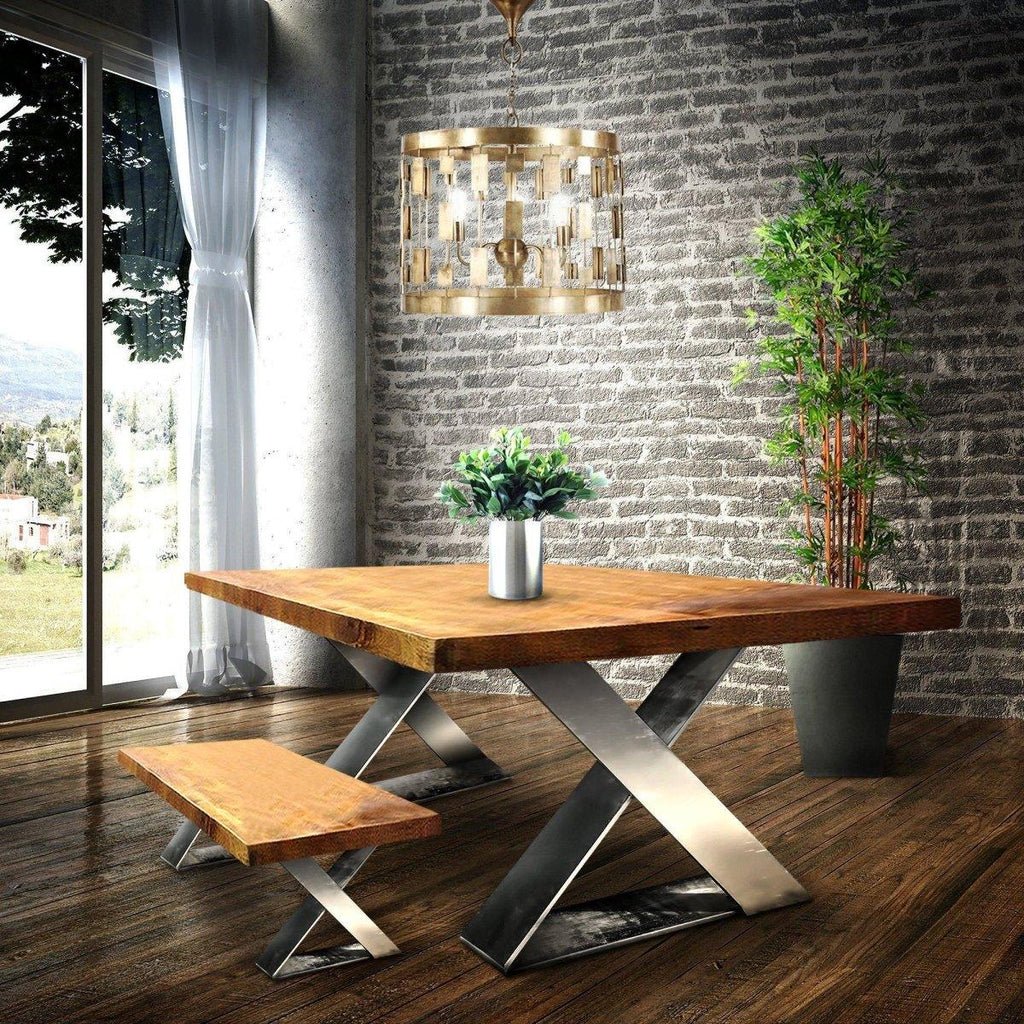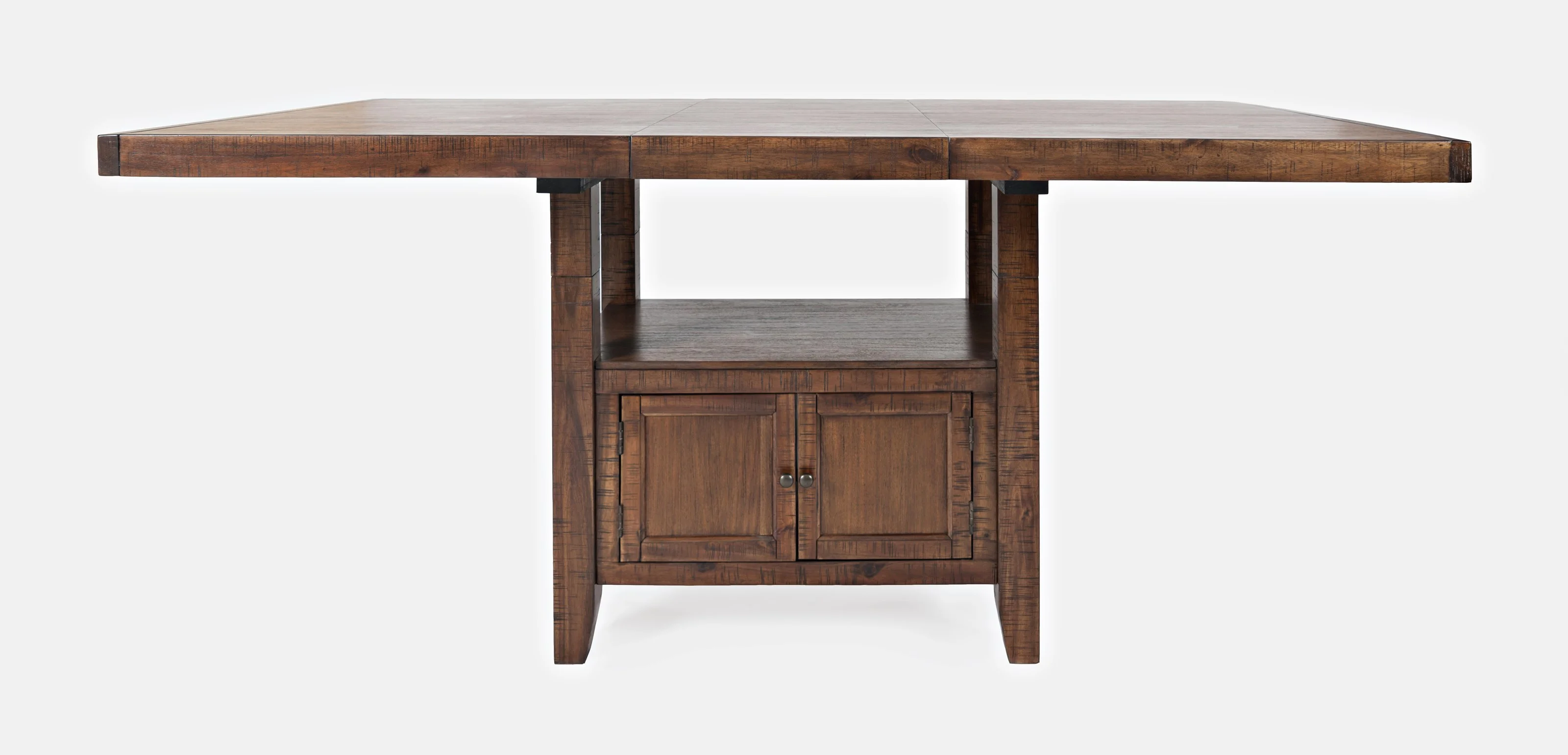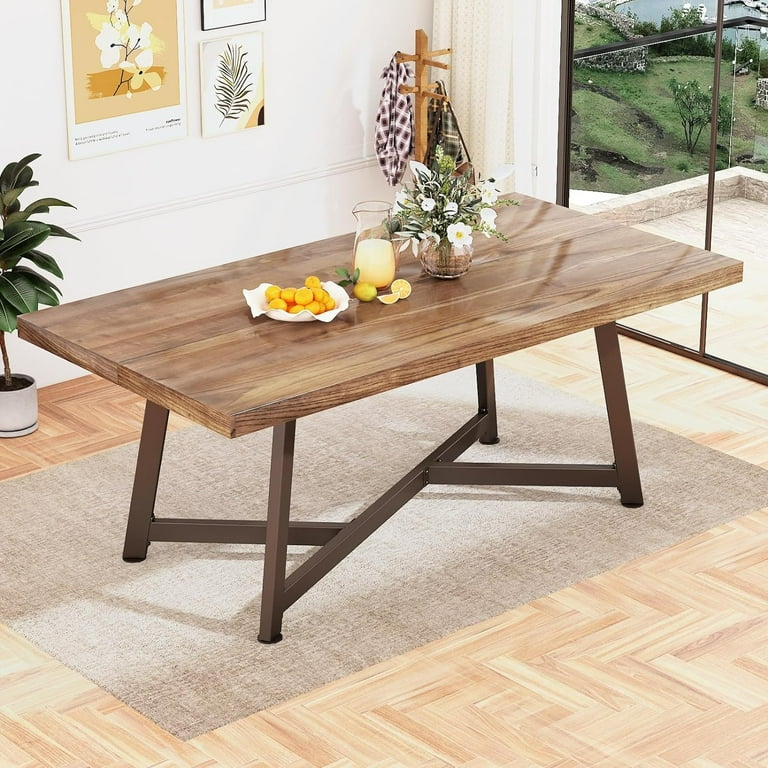The Impact of Dining Room Table Legs on Your Table's Overall Design
Professional Tips for Installing Eating Area Table Legs for Maximum Stability
When it pertains to mounting dining-room table legs, attaining maximum security is critical for both capability and appearances. The procedure begins with selecting the best materials and hardware, adhered to by meticulous placement and consideration of weight distribution. Each action plays an essential duty in ensuring that the ended up product holds up against day-to-day use without compromising security or layout stability. Comprehending the subtleties of these components can significantly influence the total result. What particular strategies can boost stability even additionally?
Pick the Right Legs
When picking the suitable legs for your dining-room table, it is important to consider both performance and visual appeals. The legs you choose will considerably impact the general style and stability of the table. Initially, evaluate the table's planned use; if you anticipate frequent celebrations, stronger legs, such as those made from strong wood or metal, may be a lot more ideal, as they use enhanced toughness and assistance.
Basic dining tables commonly vary from 28 to 30 inches in height, so make sure the legs align with this criterion for comfort. Conical legs can add a modern touch, while turned legs may convey an extra traditional visual.

Select Appropriate Hardware
Just how can the appropriate hardware boost the security and long life of your dining-room table? The option of appropriate equipment is essential to ensuring that the legs of your table are safely attached and able to withstand routine use. High-quality screws, screws, and braces offer the needed toughness to support the weight of the table, as well as any extra tons put upon it during dishes or gatherings.
When choosing screws, opt for those made from long lasting products such as stainless-steel or brass, which withstand deterioration and keep honesty in time. The length of the screws is just as essential; they need to permeate deeply right into the table's structure without endangering integrity. For bolted connections, take into consideration making use of lock washers to stop loosening up as a result of resonance or movement.
Additionally, making use of corner braces can include extra support, particularly for larger tables or those with larger tops. These braces distribute weight evenly and assist keep the table's form. Guaranteeing that the equipment you select is appropriate for the details products of your table will certainly further enhance its overall stability and durability, allowing you to appreciate your eating experience for many years to come.
Ensure Appropriate Positioning
Appropriate positioning of dining area table legs is crucial for both aesthetic charm and useful stability. To attain ideal alignment, start by gauging the range from the table's edges to the leg accessory points.
Use a degree during installation to validate that each leg is perpendicular to the tabletop. It is advisable to mark the preferred leg positions on the bottom find this of the table with a pencil or concealing tape before protecting them.
Furthermore, verify the positioning after the initial screws are tightened, as adjustments might be required before completely protecting the hardware. By prioritizing proper placement, you not only enhance the table's total design yet additionally guarantee that it continues to be functional and secure for several years to find.

Consider Weight Circulation
After making certain appropriate alignment of the eating space table legs, it is very important to consider weight circulation to improve stability and capability. dining room table legs. Correct weight distribution is crucial in protecting against making certain and wobbling that the table can sustain its designated load without danger of tipping or collapsing
When placing the legs, ensure they are put at equal distances from the center of the table to equally disperse the weight across the framework. Think about the weight of the tabletop and any things that will frequently relax on it, such as tabletop devices or decorative items. Tables with heavier surfaces need to ideally have legs located closer to the corners, as this makes the most of the base of support and lessens the threat of instability.
Furthermore, if the table is planned for use in a high-traffic location, think about using larger materials for the legs or adding supporting components, such as cross-bracing or a lower shelf - dining room table legs. These changes can help preserve equilibrium and prevent changing during usage. Ultimately, a well-considered weight circulation strategy will dramatically improve the table's overall efficiency, ensuring it continues to be a functional and appealing centerpiece for your eating space
Test Stability Before Usage
Testing the stability of the dining-room table prior to use is a critical action that must not be forgotten. Making sure that the table is stable and safe and secure can prevent mishaps and extend the life-span of the furnishings. Begin by using mild pressure to various points on the table surface. Push down on the center and after that along the edges, moving click now or observing any type of wobbling. If the table reveals instability, determine the legs or joints that may need modification.
Following, examine that all screws and bolts are tightened up effectively. Loose connections can bring about instability and prospective damage with time. If needed, utilize wood adhesive on joints to improve stability, making sure to allow adequate drying out this time.

Verdict
In conclusion, the setup of eating room table legs needs mindful consideration of materials, equipment, alignment, and weight circulation to attain optimum stability. By selecting strong legs and high-quality fasteners, making sure specific placement, and distributing weight evenly, the structural stability of the table can be substantially boosted. Performing a stability examination prior to regular use additionally makes sure that the table will certainly withstand everyday pressures, thereby offering a dependable and safe eating experience.
When it comes to setting up eating space table legs, accomplishing optimum stability is vital for both performance and appearances. The legs you pick will dramatically influence the total style and stability of the table (dining room table legs). Conventional dining tables generally range from 28 to 30 inches in elevation, so make certain the legs straighten with this requirement for comfort.Proper alignment of eating space table legs is necessary for both aesthetic appeal and useful security.In final thought, the installation of eating space table legs needs careful factor to consider of products, weight, hardware, and alignment distribution to attain optimum stability